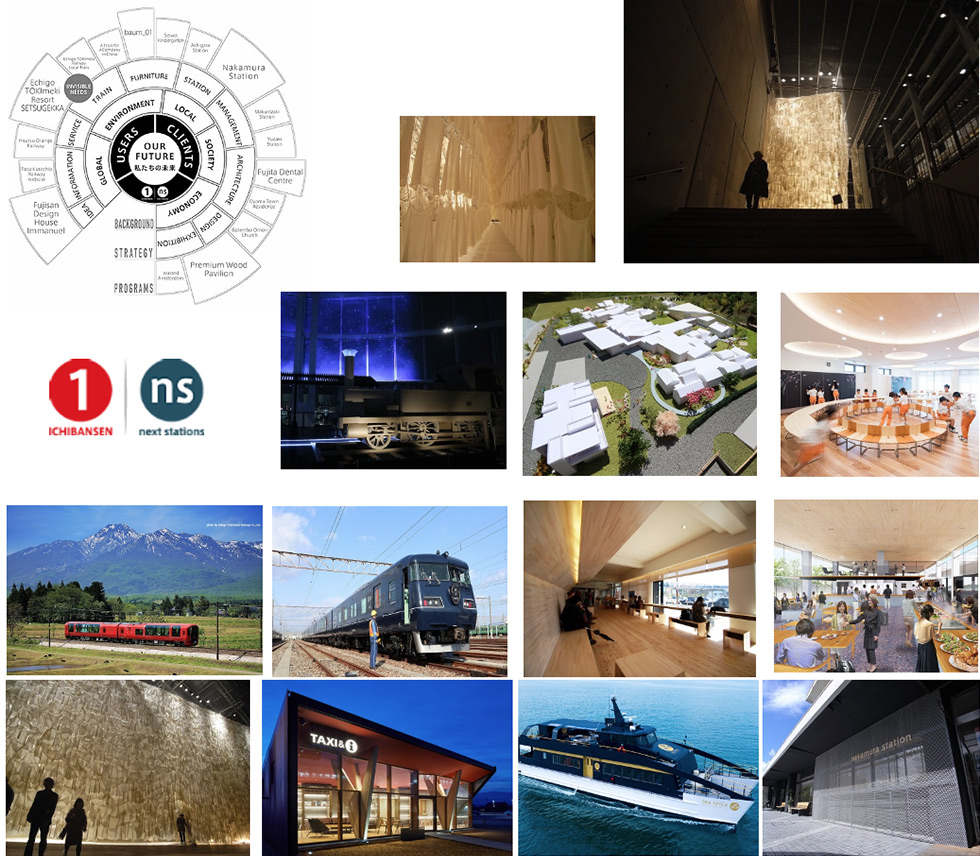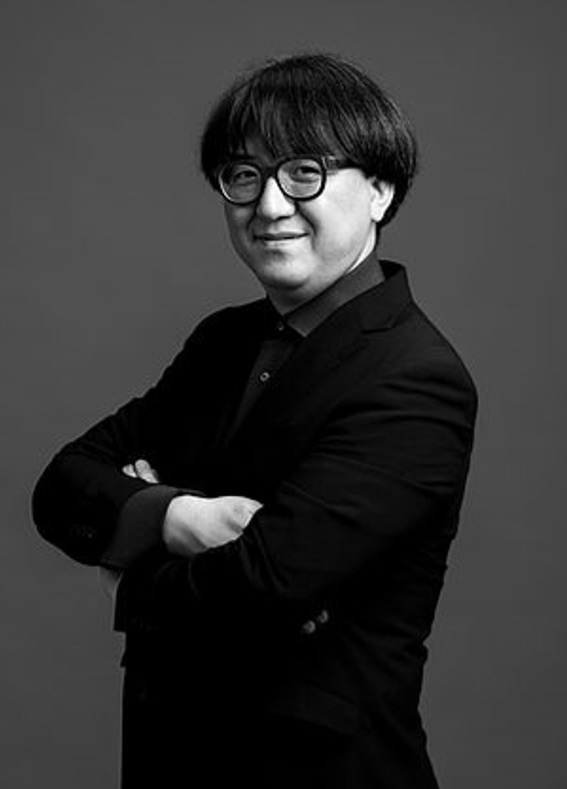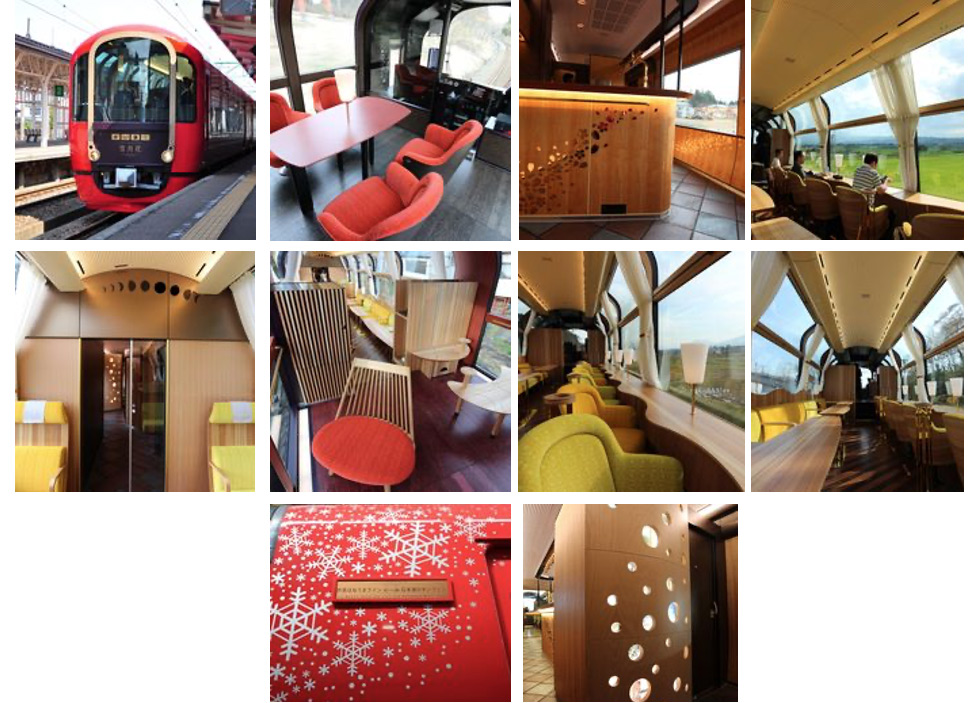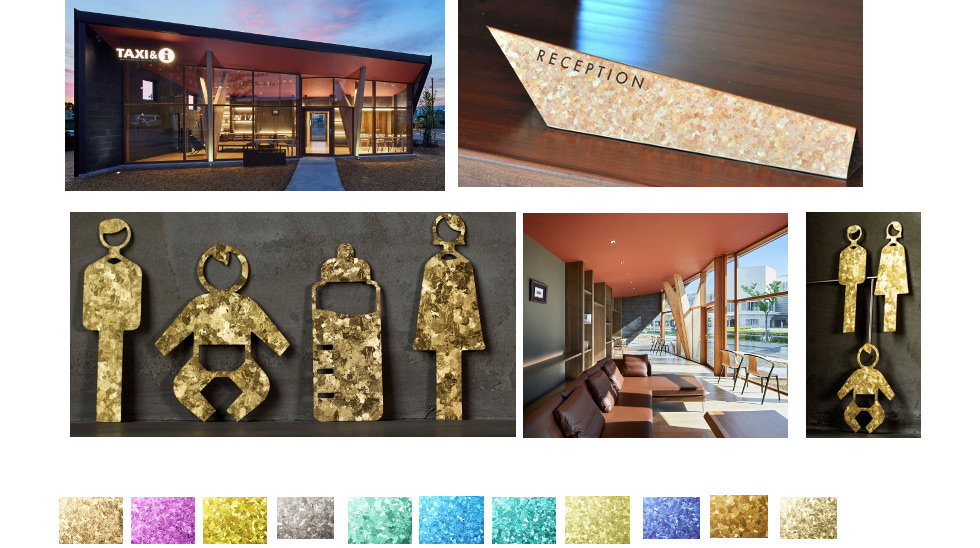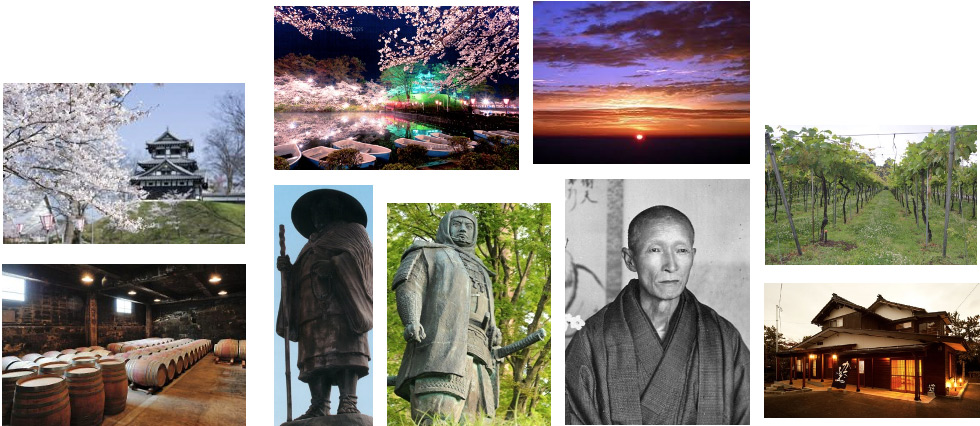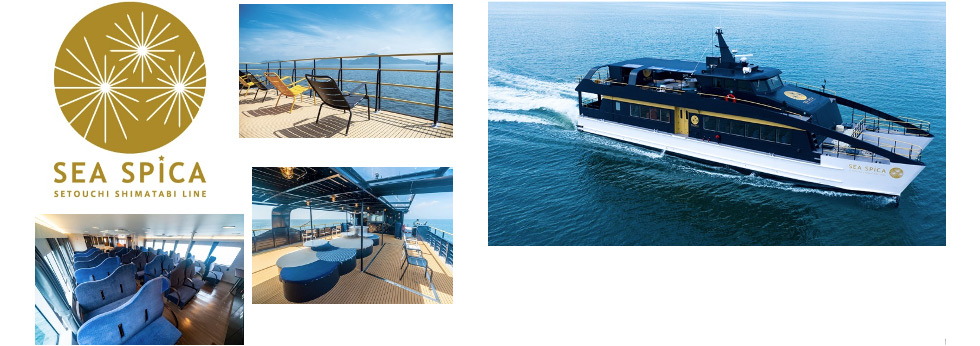The first work we were engaged in soon after we became independent ten years ago was happened to be a railway station. We had an opportunity to meet the need for renovating a small and old station in the Shikoku region. Although the budget was small, there was a wonderful freedom to manage the work that was left to do for us.
According to the survey of passengers conducted by the railway company in advance, the top answer was "Do something with those dirty toilets." But, is it true that what passengers and residents need most is simply clean toilets? In response to serious issues of the community, such as reduced railway passengers, excessive automobile society, decreasing birthrate and aging population, depopulation, and hollowing out of industry and commerce, how can the renovation of this station face with them? Using Japanese cypress, a local specialty material, we transformed the station into a study room so that local students can enjoy the place. We also designed the waiting room that makes women there look beautiful. It is a small station in a rural area that should have an alluring feature. It is a small population area that luxurious spaces should be created there. That kind of station would surely let young people who left the area to cities remind the rural affluence in the future. We created the station with such thoughts in mind. Of course, we renovated toilets also using Japanese cypress. As a result, many events were held, trash was reduced, and bad-mannered outrageous persons disappeared from this station. We received countless awards in and outside Japan. Because of that, in addition to squares and parts centered around a railway station, urban development, public facilities, nursery schools and kindergartens, medical facilities, support facilities for persons with disabilities, inns and hotels, and apartment houses, we have been comprehensively engaged in railway cars, buses, vessels and others, including graphics since then. That may sound cool, but what we actually do is to continue to discover invisible needs that are at the farthest end of silent voices by staying on-site every day, isolating irresponsible remarks or only loud voices, and questioning voices in the surveys and those of majority decisions. Carefully listening to many remarks made to buildings and towns, organizing and visualizing needs and issues, prioritizing such issues to solve them, and sharing wisdom are also important assignment for us.
On the basis of needs that people really have, we derive reasonable forms and colors. There is no room for us to make a personal statement in this process and it can be said as a translation from needs to spaces. Designers or architects are not persons who express themselves, but they are rather the master of ceremonies and translators.
Given that, what excitement do they provide to whom? As long as time allows, I would like to work on the details. I want to provide spaces that continue to exist into the future as far as possible and loved by many more people.
